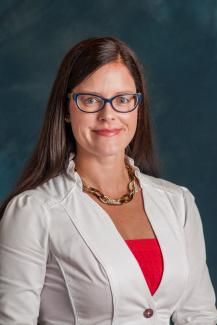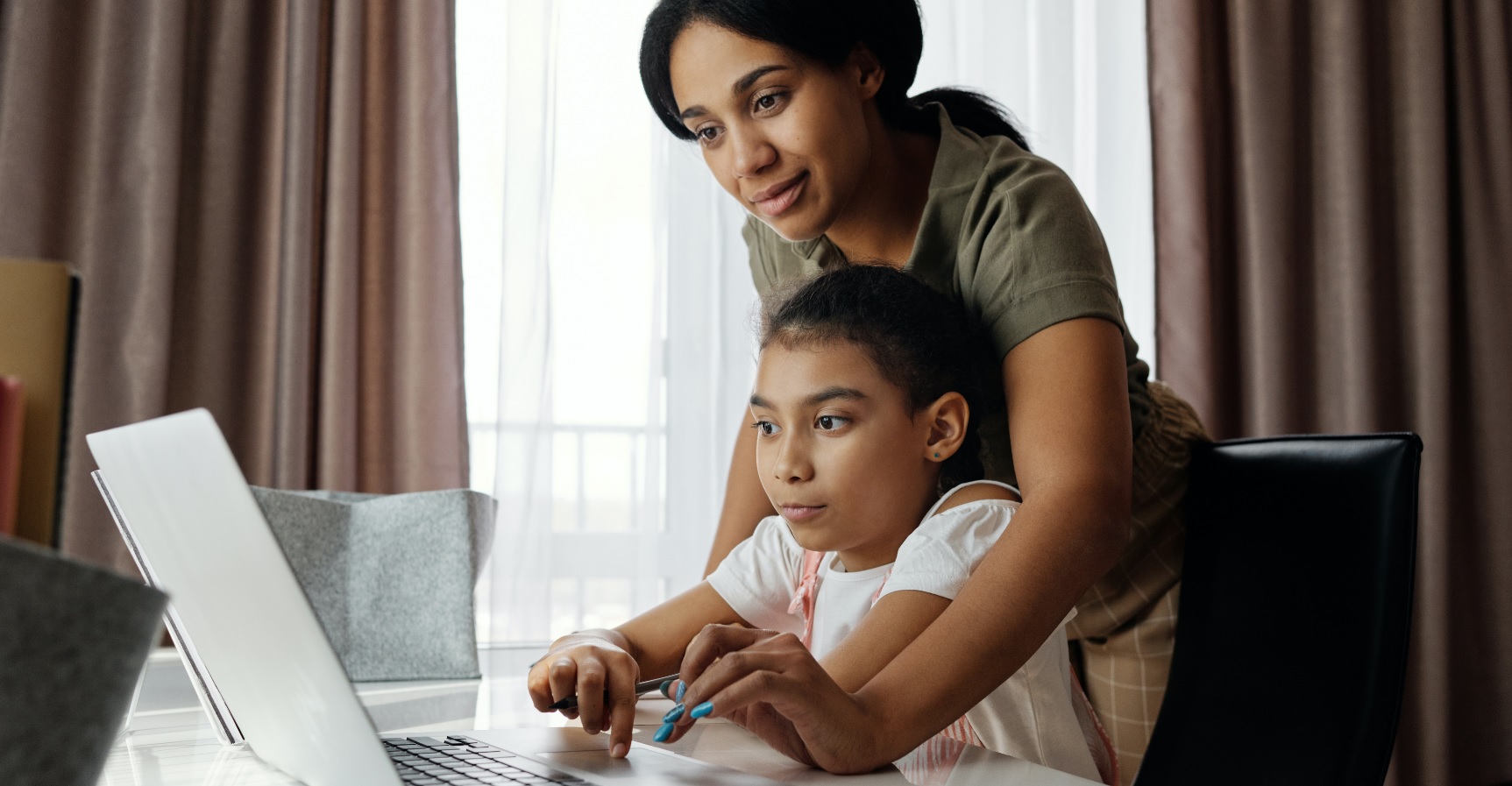How teachers and families can support science learning at home
November 17, 2020 - Liz Schondelmayer
For many children, a love for learning starts before their first day of kindergarten - and an interest in science is no exception. However, for many children, barriers such as language, parental attitudes, and resource availability can curb their curiosity. Overcoming these barriers is especially important this year, as many children are learning remotely and parents are assuming more pronounced teaching roles due to the COVID-19 pandemic.
 Recent research led by Dr. Hope Gerde (pictured left) from Michigan State University’s Department of Human Development and Family Studies identifies these barriers for early science learning among children in the Head Start program. Co-authors on the project are MSU researchers Arianna Pikus, Kyungsook Lee, Laurie Van Egeren and Melissa Quon Huber.
Recent research led by Dr. Hope Gerde (pictured left) from Michigan State University’s Department of Human Development and Family Studies identifies these barriers for early science learning among children in the Head Start program. Co-authors on the project are MSU researchers Arianna Pikus, Kyungsook Lee, Laurie Van Egeren and Melissa Quon Huber.
Funded by the National Science Foundation and published in Early Childhood Research Quarterly, the study also suggests solutions to bridge these gaps, especially as children learn from home.
How kids learn about science before kindergarten
For this research, Dr. Gerde's team interviewed 300 parents of children in Head Start programs across Michigan, which provide educational, health and parenting resources to low-income families. Even among families in this category, there is a wide range of variation of exposure to science-based learning.
According to Dr. Gerde, much of this learning happens in the form of nonfiction book reading, playing with science-themed toys (such as magnets or Legos), and/or visiting free parks and nature centers. Unsurprisingly, parents with higher education levels and more positive attitudes towards science provided more science-related reading material, toys and TV programs than others.
Other free resources, such as public television programs and online games pertaining to science, were less utilized by many non-English speaking families, and it was also less common for these families to visit zoos or museums.
"This is likely because it is difficult to find books, apps, television programming, and informational signs at the zoo in languages other than English limiting accessibility to these resources," explains Dr. Gerde. "Meanwhile, families who spoke English as their home language provided more resources at home, and accessed more ticketed community resources."
On top of the language barrier many Head Start girls may face, there is a gender barrier as well. "Our research found that many families provided more science toys and books to sons compared to daughters. It's important that girls have an equal opportunity to learn about science as well, and have access to the same resources," says Dr. Gerde.
Breaking down barriers, even when learning from home
Dr. Gerde and her team hope that teachers can utilize this information to create more effective science learning opportunities for students while they complete coursework from home.
"If teachers could leverage the ways families are already supporting science with young children, they may be more successful with their science education presented in a remote learning format," says Dr. Gerde. "If teachers can use their online instruction time to get children and families excited about science, they can encourage families to support more science learning at home, offline."
Additionally, the research team has several other suggestions for how science resources can be made more accessible for low-income families. First, addressing the language barrier is essential - meaning museums, zoos and other ticketed learning resources would increase their accessibility by including other common languages besides English on their signage or hiring multilingual guides.
Dr. Gerde has ideas for alleviating cost barriers as well: "Once public spaces re-open, the simple act of providing vouchers to ticketed education attractions for low-income families, creating free entrance opportunities, and providing support for school field trips can be incredibly valuable to these families."
Read the full research article here.


